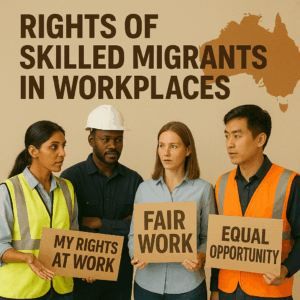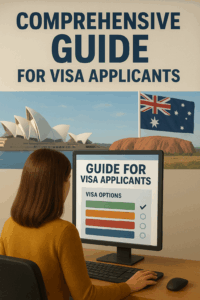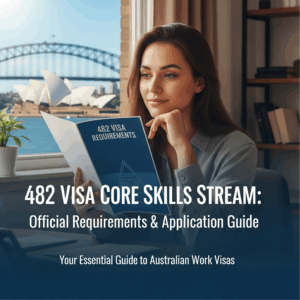Explore clear options for bringing your partner on a skilled worker visa, including subclasses, eligibility, and practical guidance.
Introduction
Skilled migrants make up a significant portion of global immigration, and many want to stay together as couples. Partner visa options linked to skilled visas enable spouses and partners to join or accompany primary applicants. Understanding eligibility, pathways, and requirements is key for a smooth transition under partner visa skilled migration.
Visa Pathways: Bringing Your Partner on a Skilled Worker Visa
Australia, the UK, Canada, and other top destinations allow skilled visa holders to include partners as dependents. This is commonly referred to as a “dependent partner visa” arrangement. Typically, applicants secure a skilled visa with spouse eligibility by proving a genuine relationship through marriage, civil partnership, or long-term cohabitation. Documentation requirements may include joint leases, shared finances, or photos.
For example, in Australia, a skilled worker can apply for a partner visa subclass for skilled visa holders, such as subclass 309 or subclass 820, depending on location and relationship status. Most systems offer both temporary and permanent pathways, and dependent partners can often work or study without restrictions.
Eligibility and Practical Requirements for Spouse Visa Options
To bring your partner on a skilled worker visa, the primary applicant usually must have their skilled visa granted and meet minimum relationship evidence requirements. Proof varies, but typically includes:
- Marriage certificates or proof of registered partnerships
- Evidence of at least 12 months of cohabitation for de facto relationships
- Shared bank accounts, bills, or travel records
Processing times and fees differ by country, so careful planning is essential. Some programs, like Australia’s, allow partners and even dependent children to be added after the skilled visa is granted, provided the relationship existed before the visa application. Key factors such as health, character, and financial support requirements also apply for dependent partner visas.
Common Challenges & Tips for Partner Visa Success
Applicants sometimes face challenges, such as proving the authenticity of the relationship or navigating country-specific subclass rules. It’s crucial to:
- Collect detailed evidence early
- Understand timelines to avoid unintentional separation
- Get professional advice for complex situations, such as blended families or same-sex partnerships
Consulting immigration authorities or accredited migration agents increases success odds and helps navigate updates in partner visa options linked to skilled visas.
Conclusion
Partner visa options for skilled workers make global mobility possible for couples, but each country has its own rules. By understanding eligibility, preparing documentation, and planning ahead, couples can ensure a successful transition under partner visa skilled migration programs. Seek expert guidance to avoid delays and stay together.





